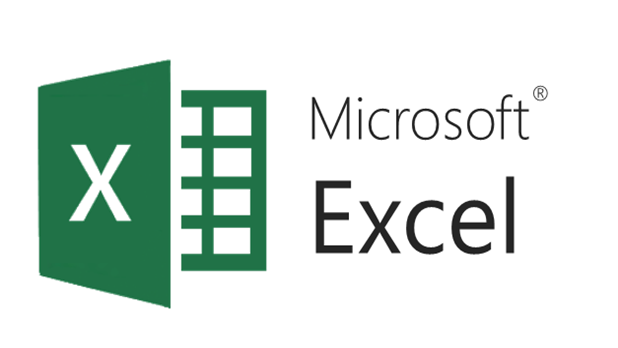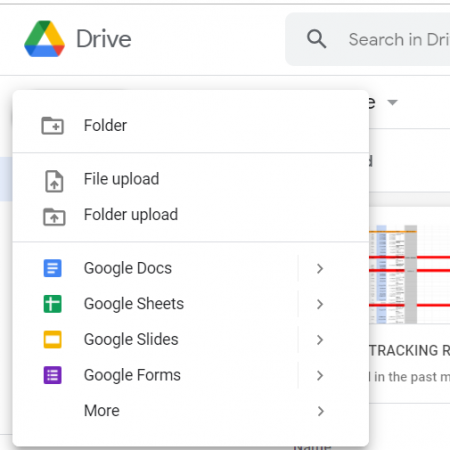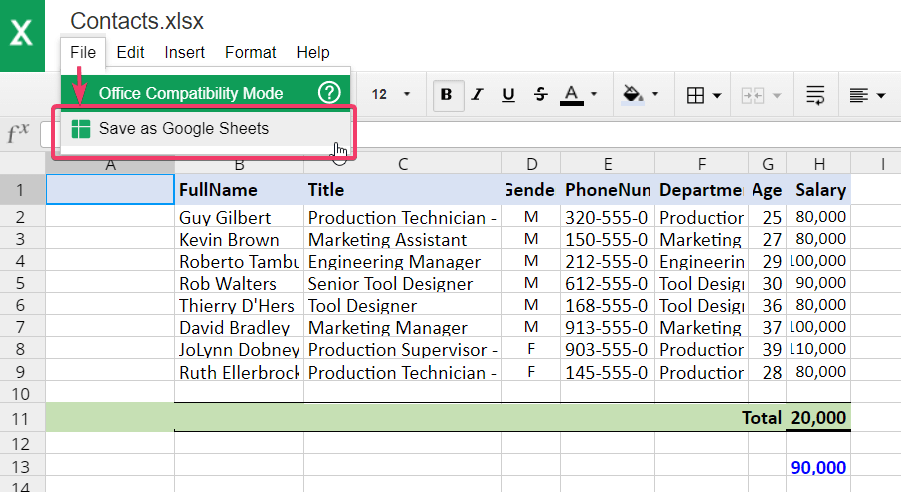Easily Convert Google Sheets to Excel in Minutes

Switching from Google Sheets to Excel can be a necessary step for many professionals, especially those who need advanced features or prefer Microsoft's suite for their data analysis tasks. Converting a Google Sheet to an Excel file is a straightforward process, but understanding how to do it effectively, the nuances involved, and knowing when it's beneficial can greatly enhance your productivity.
Why Convert Google Sheets to Excel?

Before delving into the conversion process, it’s worth understanding why you might need to switch formats:
- Software Compatibility: Not all collaborators or clients use Google Sheets. Excel is the industry standard in many fields, especially for complex financial modeling or business analytics.
- Offline Accessibility: Excel files can be used offline, which is a significant advantage when internet connectivity is a concern.
- Advanced Features: Excel offers a plethora of functions, add-ins, and VBA macros for complex data analysis, which might not be readily available in Google Sheets.
- Security: Excel allows for password protection and other security features that might be necessary for sensitive data.
Step-by-Step Guide to Converting Google Sheets to Excel

Here’s how to convert your Google Sheet into an Excel file seamlessly:
1. Prepare Your Google Sheet

- Ensure all data is clean and error-free to avoid any issues post-conversion.
- Check that formulas, especially any unique Google Sheets functions, will convert correctly to Excel.
- Save any chart or pivot table settings you might lose in the conversion process.
2. Use Google Sheets Download Option

Follow these steps to download your Google Sheet as an Excel file:
- Open your Google Sheet.
- Click on File in the menu bar.
- Select Download.
- Choose Microsoft Excel (.xlsx) from the dropdown menu.
💡 Note: The document will download as an Excel file in your browser’s default download location.
3. Automated Excel Conversion Tools

If you need to convert multiple Google Sheets or automate the process, consider these tools:
- Google Apps Script: Create a custom script to automatically convert and download Sheets to Excel.
- Third-Party Services: Utilize services like Zapier or IFTTT to set up workflows for automatic conversion.
- Excel Add-ins: Look for add-ins that can connect to Google Drive and import Sheets directly into Excel.
4. Considerations After Conversion

- Verify Data Integrity: Open the Excel file and ensure all data has been imported correctly.
- Function Compatibility: Some Google Sheets functions might not translate directly; check and adjust any formulas as needed.
- Format and Style: Excel might not preserve all the styling and formatting; you might need to reformat manually.
Summing up, converting from Google Sheets to Excel can significantly broaden your data manipulation and analysis capabilities. While the basic process is simple, ensuring a smooth transition involves considering data integrity, function compatibility, and formatting. By following the steps outlined above, you'll not only convert your documents effectively but also leverage the unique features of both applications, thereby maximizing your productivity.
What are the potential data issues when converting Google Sheets to Excel?

+
While most data transfers seamlessly, issues like date formats, custom functions, and complex conditional formatting might not translate perfectly. Always check your data post-conversion.
Can I automate the conversion process?

+
Yes, through Google Apps Script or third-party services like Zapier, you can automate the conversion of Google Sheets to Excel, particularly useful for regular reports or large datasets.
Is it possible to convert back from Excel to Google Sheets?

+
Absolutely. You can upload Excel files to Google Drive, and they’ll automatically convert to Google Sheets upon opening. However, be aware of similar data and formatting issues when converting back.



